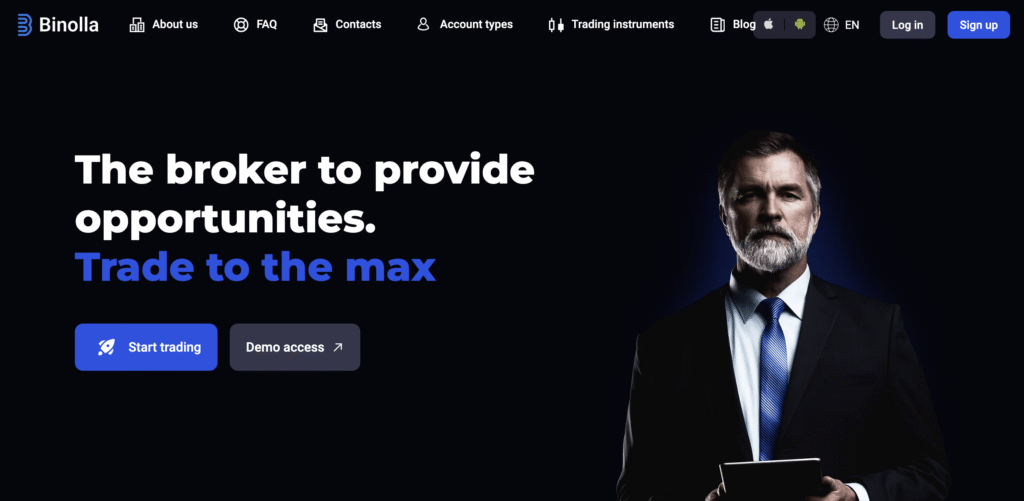How to Recover Your Stolen Funds Quickly and Safely
Binolla scammed you? You’re not alone. Many individuals have fallen victim to this scam, believing they were investing in a legitimate trading platform, only to be left without access to their funds.
If you’re searching for how to get your money back from Binolla, this guide will help you take the right steps toward fund recovery.
What Is Binolla.com and Why It’s Considered a Scam
Binolla presents itself as an online trading platform for forex, crypto, and other financial markets.
However, multiple users have reported suspicious behavior, including:
- No access to withdrawals after deposit
- Unresponsive customer support
- Aggressive tactics to get you to deposit more
- No transparency or regulation
These are classic signs of a financial scam, and if you’ve been affected, it’s crucial to act fast.
Understanding the Risks of Binolla
It is crucial to be aware of the risks associated with them before making any investments.
- Illegitimate Policies Defrauding Traders
- Continuous Calls Urging Higher Investments
- Understanding the signs of a scam like Binolla can prevent further financial loss.
- Illegitimate Withdrawal Rules.
Can You Get Your Money Back from Binolla.com?
Yes, recovery is possible, but timing is key. The sooner you take action, the better your chances of recovering your funds. Our fund recovery service specializes in helping victims of online investment scams like Binolla.com.
We use proven strategies and legal channels to trace and recover lost funds, whether they were sent via bank transfer, credit card, crypto, or e-wallet.
How Our Scam Recovery Process Works
- Free Consultation – We assess your case to understand the transaction details and scope of the scam.
- Case Building – We gather all evidence and documentation needed to support your claim.
- Fund Tracing – Our team uses advanced tools to trace crypto and bank transfers.
- Dispute & Legal Action – Where applicable, we initiate chargebacks or legal steps through international networks.
Why Choose Us for Binolla Scam Recovery
- ✅ Proven Success recovering lost funds, FXTrade, and other scam brokers
- ✅ Fast & Transparent Process
- ✅ Personal Support Every Step of the Way
- ✅ Risk-Free Consultation
- ✅ We don’t promise miracles—but we deliver results when others give up.
What to Do Now If You’ve Been Scammed
- Stop all contact with the scammers.
- Do not deposit more money.
- Contact our fund recovery experts today for a free evaluation.
- Don’t Let Scammers Win – Take Action Now
Losing your hard-earned money to an online scam is devastating, but you don’t have to fight this battle alone. We’ve helped many people like you recover scammed crypto and forex investments. Start your recovery today.
Contact Us Now to see if you’re eligible for recovery from Binolla.com.
